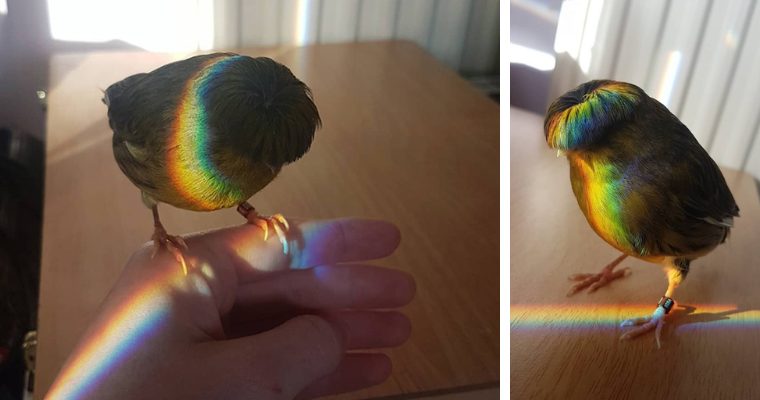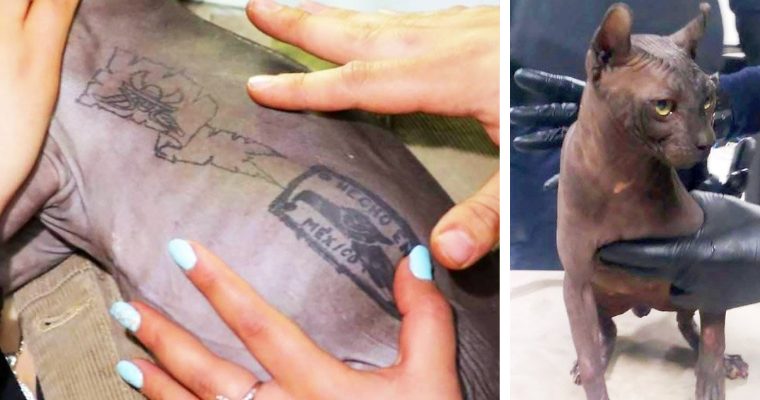The heart is a very vital organ. That goes for people as well as the apparently endless variety of other species and critters that walk the world.

The human heart circulates blood through a network of arteries, veins, and capillaries to the rest of our bodies.
It’s also a crucial aspect of one of the human body’s most important functions: breathing.

When we breathe in air, the heart pumps blood to the lungs, which takes up oxygen and transports it to the rest of our bodies.
At least, the majority of us do. There are organisms known as sea spiders, for example.

These marine arthropods of the Pycnogonida class, which resemble land-based spiders with longer legs (or the scary facehuggers from the “Alien” movie), but are more closely linked to crustaceans, don’t have hearts.

Researchers from the University of Montana, Missoula, studied 12 distinct species of sea spiders and discovered that the deep-sea creatures utilize their intestines as a pump to circulate blood and oxygen throughout their bodies.
The researchers’ findings were just published in the journal Current Biology.

The fact that these critters’ intestines extend into each of their legs with tubes assisting the movement of valuable cargo makes the circulation process easier.
Blood and oxygen are kept flowing via a series of continuous muscular actions.








